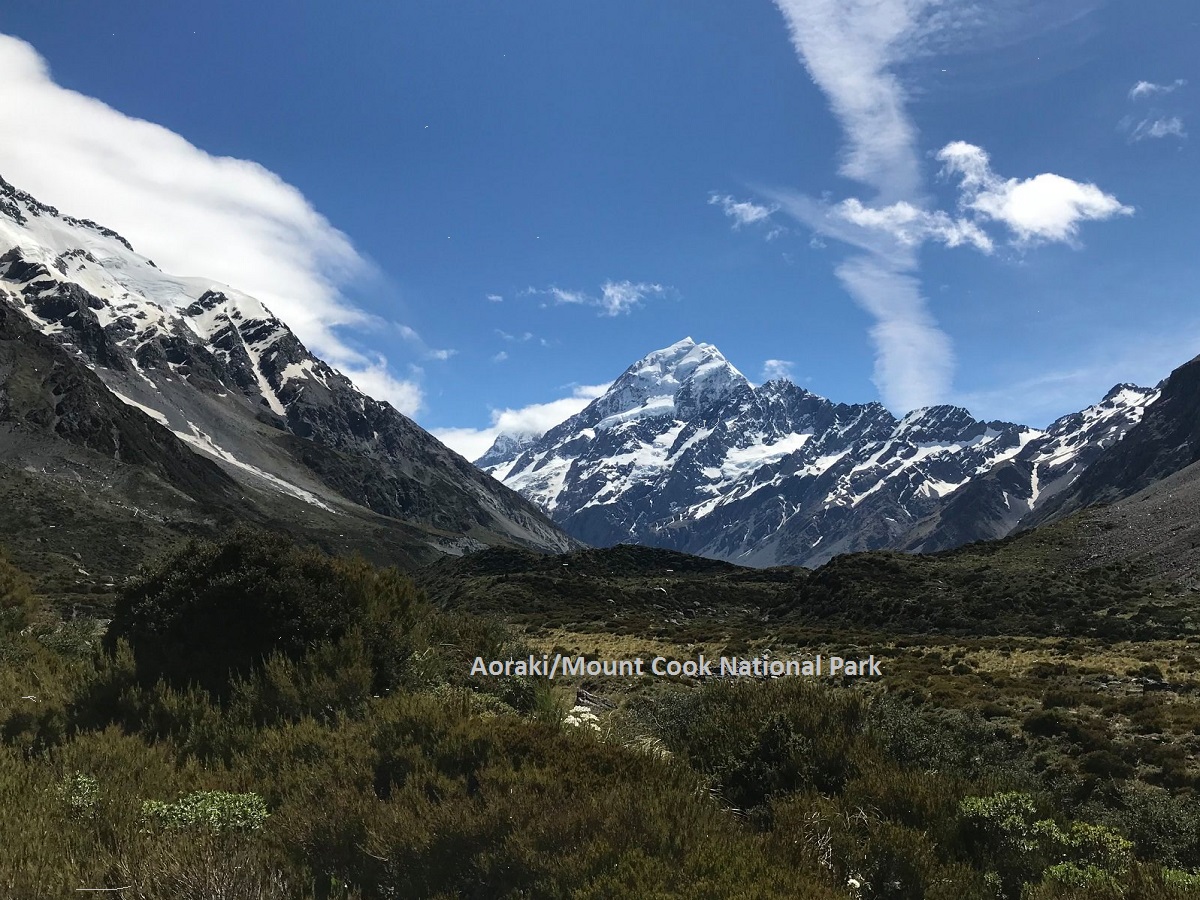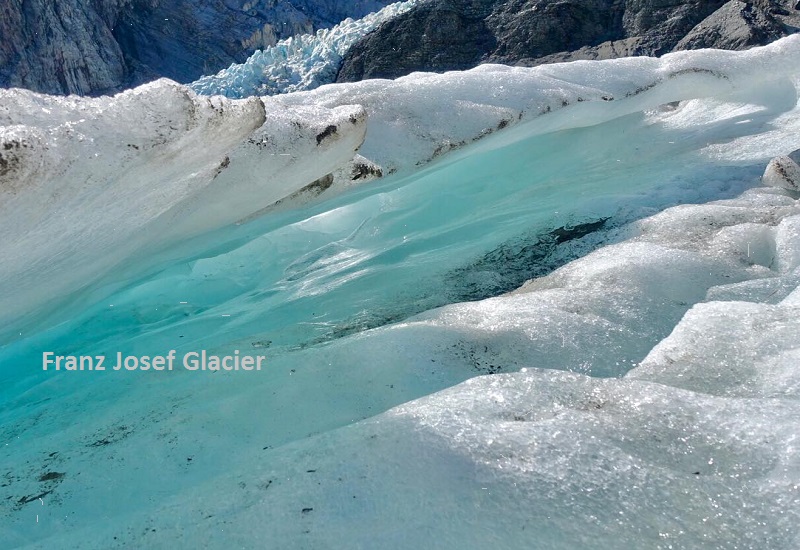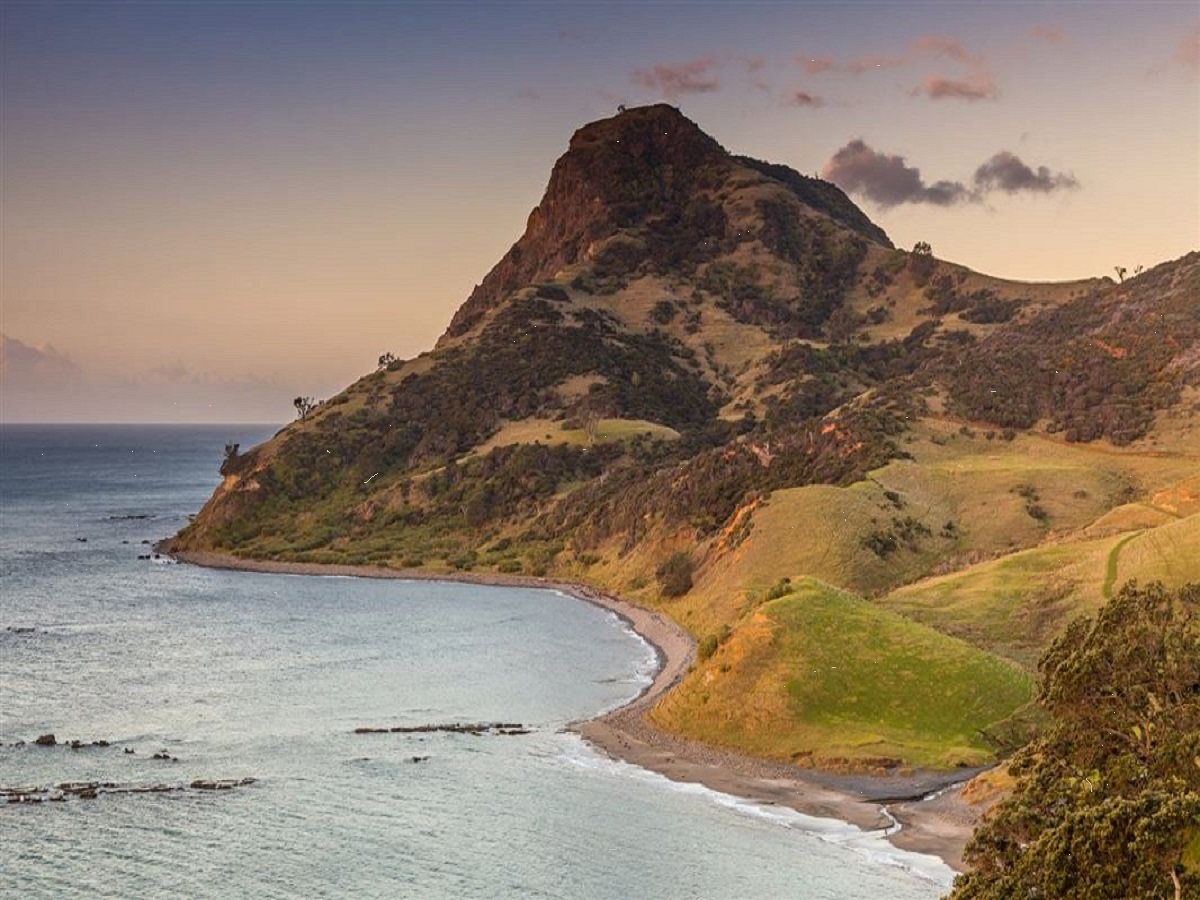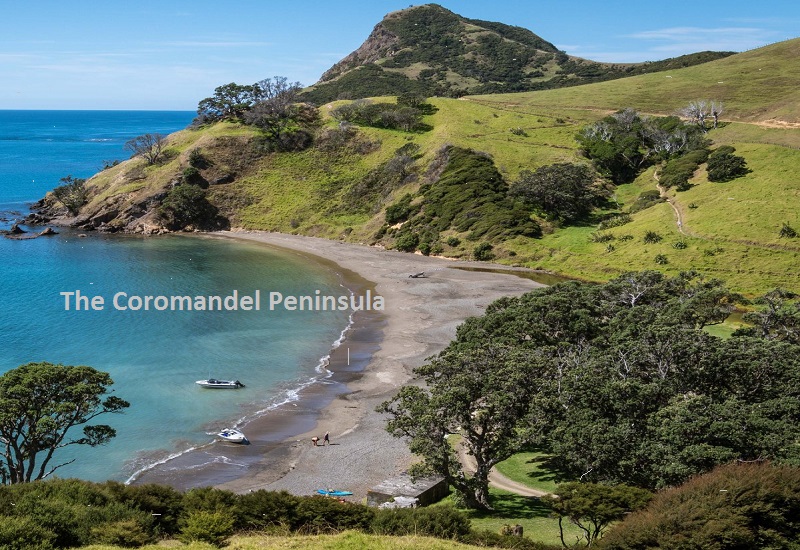Aoraki, also known as Mount Cook, is New Zealand’s highest mountain and a prominent feature of the Southern Alps. It holds great cultural, historical, and geographical significance. This article explores Aoraki’s height, its cultural importance, and the factors contributing to its towering presence in New Zealand’s landscape.
The Height of Aoraki
Aoraki stands at an impressive height of 3,724 meters (12,218 feet), making it the tallest peak in New Zealand. Its height has made it a popular destination for climbers, adventurers, and tourists from around the world.
Measuring Aoraki’s Height
Measuring the height of a mountain involves precise calculations and surveying techniques. Over the years, advances in technology have allowed for more accurate measurements of Aoraki’s height, leading to the current official height of 3,724 meters. This measurement was revised from earlier estimates due to a significant geological event in 1991.
The 1991 Rockslide
In December 1991, a massive rockslide on Aoraki’s summit significantly altered its height. The collapse of the topmost section of the mountain reduced its height by approximately 10 meters (33 feet). This event was a stark reminder of the dynamic nature of mountainous landscapes, where geological processes can bring about significant changes.
Cultural Significance of Aoraki
Aoraki holds deep cultural significance for the Ngāi Tahu, the Māori tribe that has strong ancestral connections to the region. According to Māori mythology, Aoraki is a sacred mountain, and its name is derived from the figure Aoraki, the eldest son of Rakinui (the Sky Father).
Aoraki in Māori Mythology
In Māori mythology, Aoraki was one of four brothers who were traveling in a canoe across the sea. When the canoe became stranded on a reef, Aoraki and his brothers climbed to the top to seek help. However, a cold wind turned them into stone, forming the Southern Alps, with Aoraki as the tallest peak.
Significance for Ngāi Tahu
For the Ngāi Tahu, Aoraki is more than just a mountain; it is a symbol of their identity and heritage. The mountain is considered a living ancestor, and its presence is deeply intertwined with the tribe’s spirituality and cultural beliefs. The Ngāi Tahu have a longstanding connection to the land, and Aoraki is a vital part of their history and traditions.
Aoraki’s Geographic Context
Aoraki is part of the Southern Alps, a mountain range that stretches along the western side of New Zealand’s South Island. The Southern Alps are characterized by their rugged terrain, dramatic peaks, and stunning natural beauty. Aoraki’s prominence in this landscape is due to several geographic and geological factors.
Formation of the Southern Alps
The Southern Alps were formed through the collision of the Indo-Australian and Pacific tectonic plates. This tectonic activity has resulted in the uplifting of the mountains and the creation of New Zealand’s distinctive alpine environment. Over millions of years, glaciers, rivers, and weathering have sculpted the landscape, giving rise to the towering peaks and deep valleys seen today.
Aoraki’s Position in the Southern Alps
Aoraki is located in the central part of the Southern Alps and is part of the Aoraki/Mount Cook National Park. The park is renowned for its breathtaking scenery and is a UNESCO World Heritage Site. Aoraki’s position and height make it a focal point of the park, attracting climbers and nature enthusiasts alike.
Climbing Aoraki
Climbing Aoraki is considered a challenging endeavor, requiring skill, experience, and preparation. The mountain’s height, steep slopes, and unpredictable weather conditions present significant challenges to climbers.
Popular Routes
Several routes lead to the summit of Aoraki, each varying in difficulty and technical requirements. Some of the most popular routes include the Linda Glacier Route, the Hooker Glacier Route, and the Zurbriggen Ridge. Climbers often choose routes based on their experience level and the prevailing weather conditions.
Challenges and Risks
Climbing Aoraki is not without risks. The mountain’s weather can change rapidly, with strong winds, snow, and ice posing hazards to climbers. Avalanches and rockfalls are also potential dangers. Due to these risks, climbers are advised to have mountaineering experience and to be well-prepared with the necessary equipment and knowledge.
Guided Climbing Expeditions
For those who wish to climb Aoraki but lack the necessary experience, guided climbing expeditions are available. These expeditions are led by experienced guides who provide instruction, support, and safety measures to ensure a successful climb. Participating in a guided climb can enhance safety and provide climbers with valuable insights into the mountain’s terrain and conditions.
Aoraki’s Impact on Tourism
Aoraki’s towering height and natural beauty make it a major tourist attraction in New Zealand. The mountain draws visitors from around the world who come to experience its awe-inspiring landscapes and outdoor activities.
Aoraki/Mount Cook National Park
Aoraki is the centerpiece of the Aoraki/Mount Cook National Park, a popular destination for outdoor enthusiasts. The park offers a wide range of activities, including hiking, mountaineering, skiing, and scenic flights. Visitors can explore the park’s diverse landscapes, from alpine meadows to glacial valleys, and enjoy breathtaking views of Aoraki and the surrounding peaks.
Tourist Facilities
The region around Aoraki is equipped with various tourist facilities to accommodate visitors. The nearby village of Mount Cook provides lodging, dining, and visitor information, serving as a base for exploring the park. The Sir Edmund Hillary Alpine Centre offers educational exhibits and presentations about the region’s history, geology, and mountaineering heritage.
Conclusion
Aoraki, standing at 3,724 meters, is New Zealand’s tallest mountain and a symbol of natural and cultural significance. Its impressive height, dynamic geological history, and deep-rooted cultural ties make it a unique feature of the Southern Alps. As both a challenging destination for climbers and a breathtaking tourist attraction, Aoraki continues to inspire awe and admiration. Whether admired from afar or experienced up close, Aoraki remains a testament to the majesty of nature and the enduring legacy of New Zealand’s landscapes.





Leave a Reply